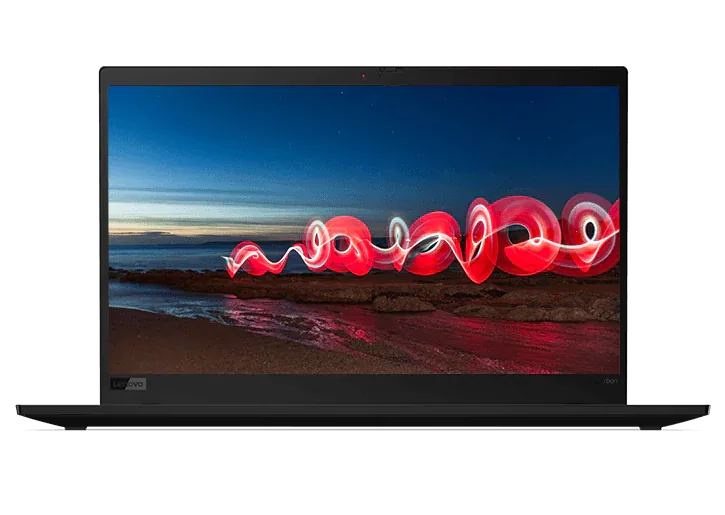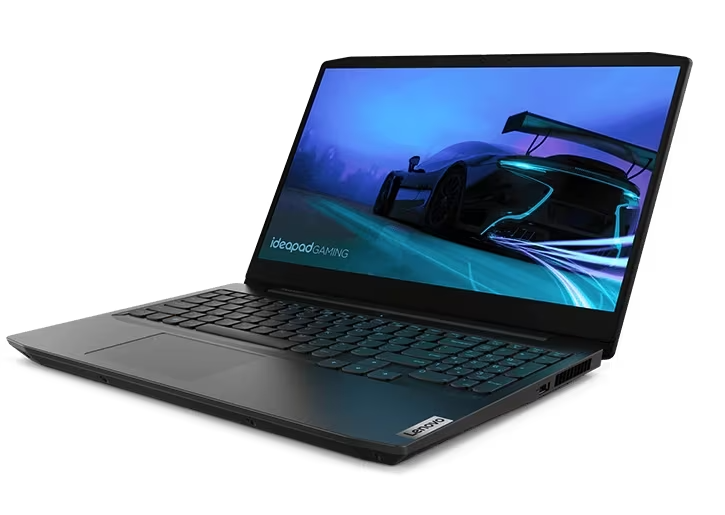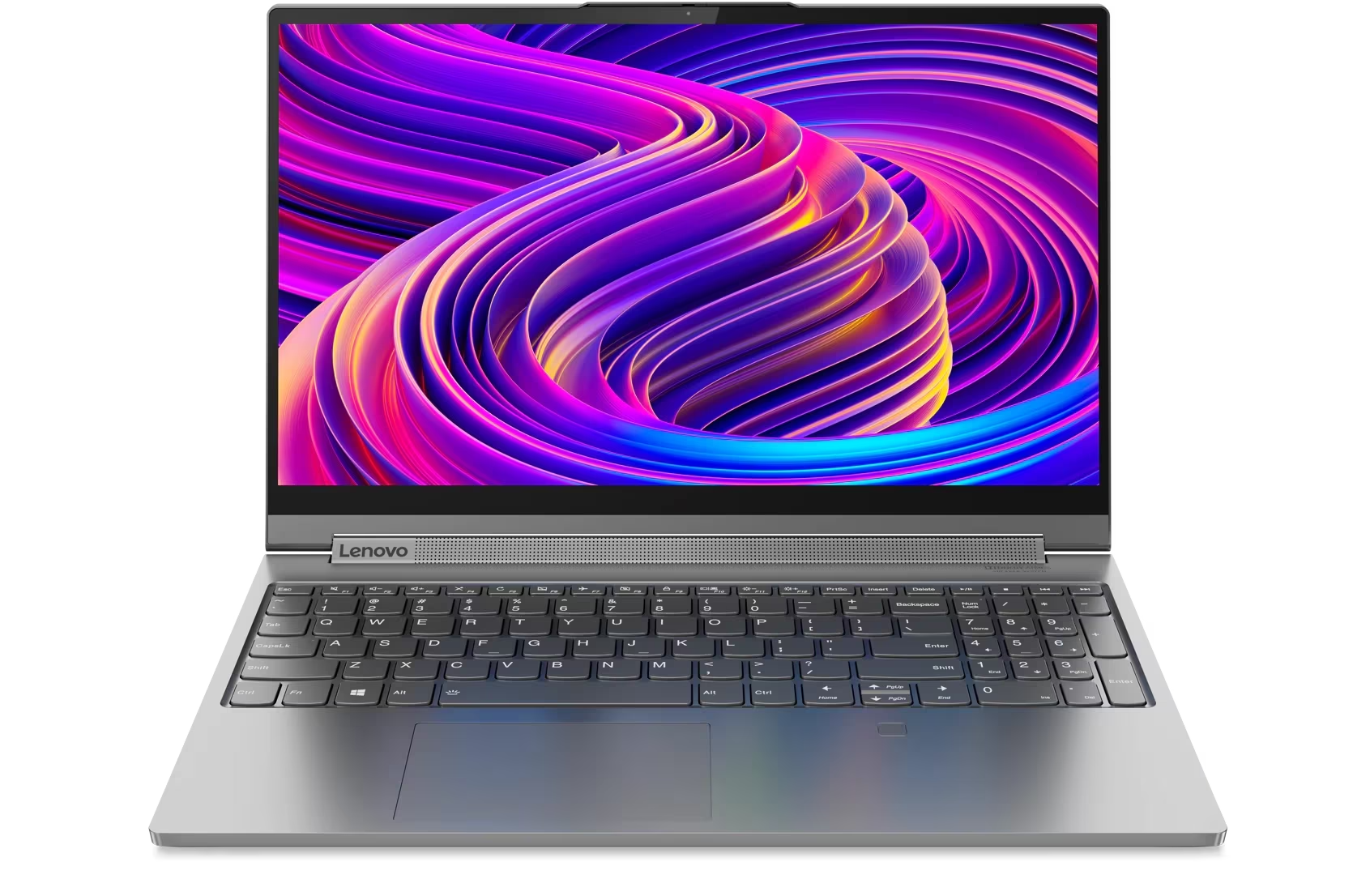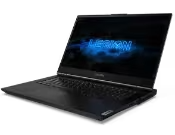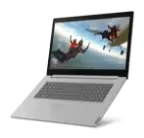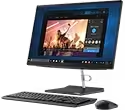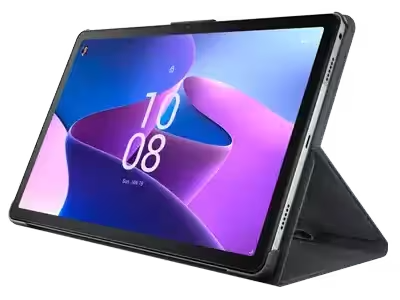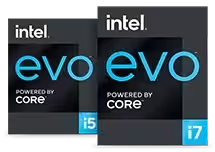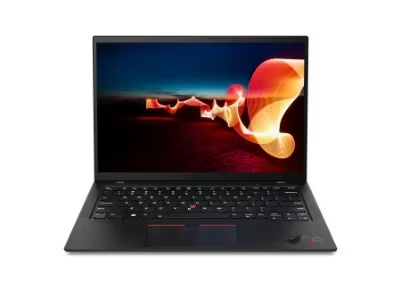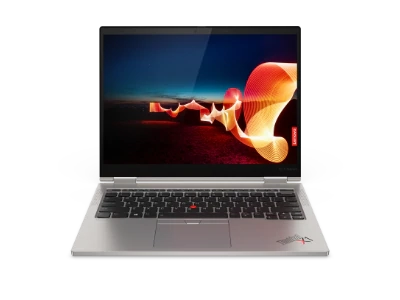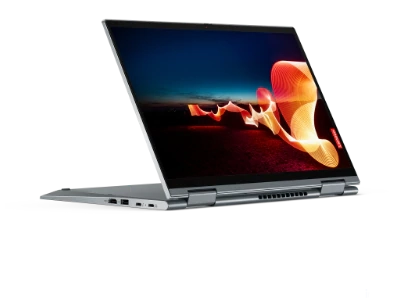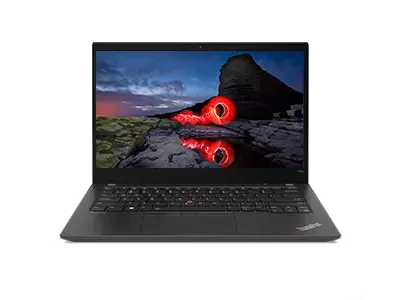Minimum Specs for VR Gaming Laptops and PCs
VR-ready gaming laptops and VR-ready gaming towers have very specific requirements, so they can fully support the hardware, graphics and processing needs of advanced virtual reality games (or any type of interactive VR — industrial, educational, etc.). If you're shopping for a PC to use with your new Oculus Rift, HTC Vive or Lenovo Explorer headset, pay close attention to the system requirements.
Virtual reality (VR) games— and artificial/mixed reality (AR/MR) ones, too — put heavy demands on your PC. While typical computer games display the action only on monitors and take input from simple joy sticks and control pads, VR action is projected through dual-lens VR headsets, many of them motion controlled to send your head and eye movements back to the system as game input (along with data from a variety of other devices such as gloves, steering wheels, and so on).
System requirements for VR-ready gaming laptops and desktops
When you're ready to buy your new VR gaming laptop or VR-ready gaming PC, think CPU, GPU and USB. In other words, check the central processor, graphics card, and built-in USB ports. Video output matters, too, and should be matched to your specific headset. RAM and storage, while important, are not as essential to the core VR experience as the other components.
Headset and VR/AR/MR platform manufacturers typically provide both minimum and recommended system specifications for their products. However, most experts suggest getting as close to the recommended specs as possible, as VR-style experiences diminish rapidly if your PC can't keep up.
Following are the current (late 2018) recommended PC specifications for VR gaming using the popular Oculus Rift and HTC Vive headsets, as well as the Lenovo Explorer headset that uses the Windows Mixed Reality platform. Note that individual VR games may have specific, additional hardware requirements that are not covered here.
VR-ready gaming PC: Graphics
The most critical component for high quality virtual reality gaming is a dedicated graphics card or GPU that's powerful enough to render the complex, 3D-style imagery that makes VR so immersive. Plus, game-quality VR is presented at higher frames rates than non-VR games (90 fps compared to 60 fps) — and with distinct images for each eye rather than a single image for both. As of late 2018, here are the recommended graphics specs for the major headset platforms:
OCULUS RIFT
|
HTC VIVE
|
LENOVO EXPLORER
|
VR-ready gaming PC: Processor
While not as critical to VR as the graphics card, your CPU should have sufficient cores/threads, cycle times and cache allotments to juggle the intense I/O needs of complex, multi-player VR games. Here are the recommended processors for several major headsets/platforms as of late 2018:
OCULUS RIFT
|
HTC VIVE
|
LENOVO EXPLORER
|
VR-ready gaming PC: Ports
Depending on the specific headset and peripherals you'll use to play your VR/AR/MR games, you'll need to buy a laptop or tower PC that's equipped with proper type and amount of USB ports. As of late 2018, the leading VR platform makers recommend between 1-3 USB 3.0 ports to support their headsets and accessories such as gloves and steering wheels:
OCULUS RIFT
|
HTC VIVE
|
LENOVO EXPLORER
|
VR-ready gaming PC: Video output
Video output is another consideration when matching a new laptop or desktop PC to your favorite VR headset. As of late 2018, the major headset manufacturers recommend different output options:
OCULUS RIFT
|
HTC VIVE
|
LENOVO EXPLORER
|
As for memory, the recommended minimum allotment for VR is 8 GB of RAM — not much different than what 's needed for typical computer gaming. Storage requirements are mostly a function of how many VR games you plan to store for repeated play, and whether you think you'll benefit from the speed of a solid state drive, which can load games faster than a traditional spinning hard drive.
Of course, the specifications listed here represent just a snapshot in time. So be sure to check the recommended system configurations for your VR headset/platform before matching your specific model to a new PC (or vice versa). All of the major manufacturers and software companies publish detailed spec lists on their websites, and most provide online tools to easily confirm if the system you're using can run their headsets or games.
